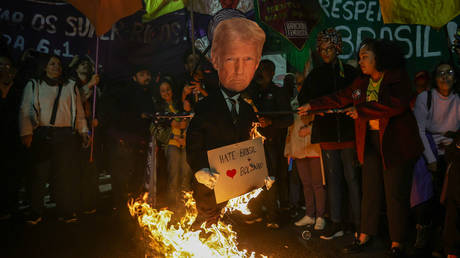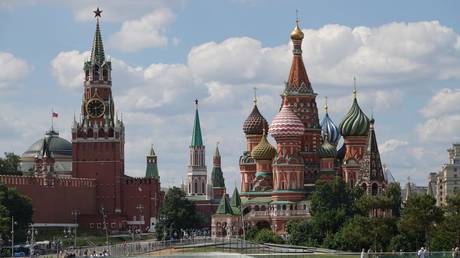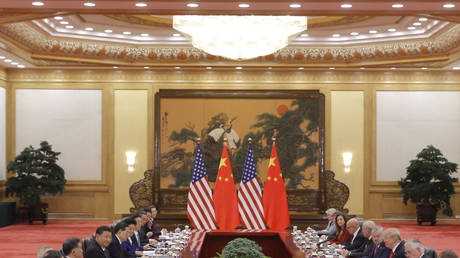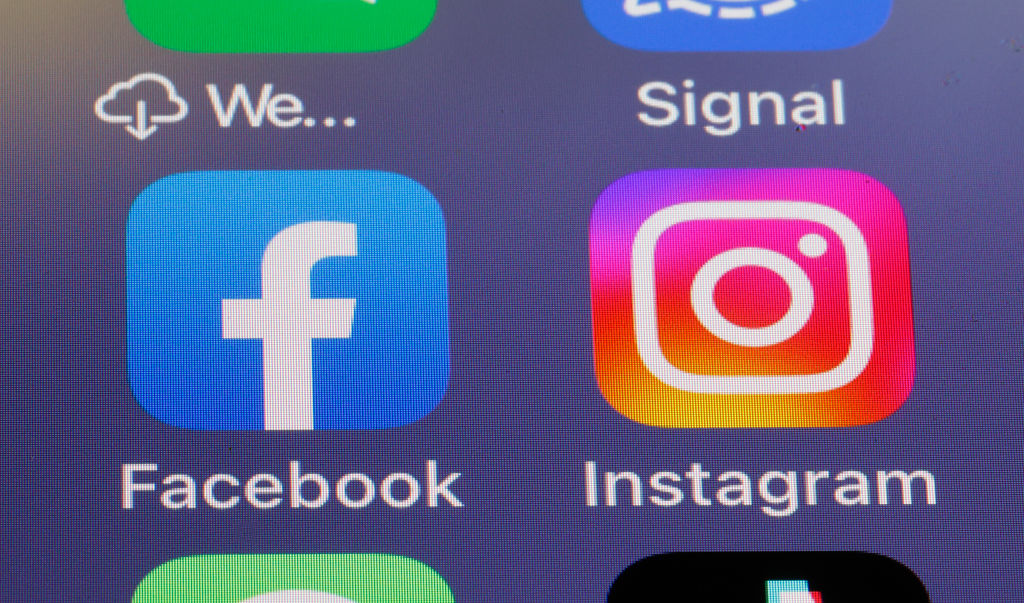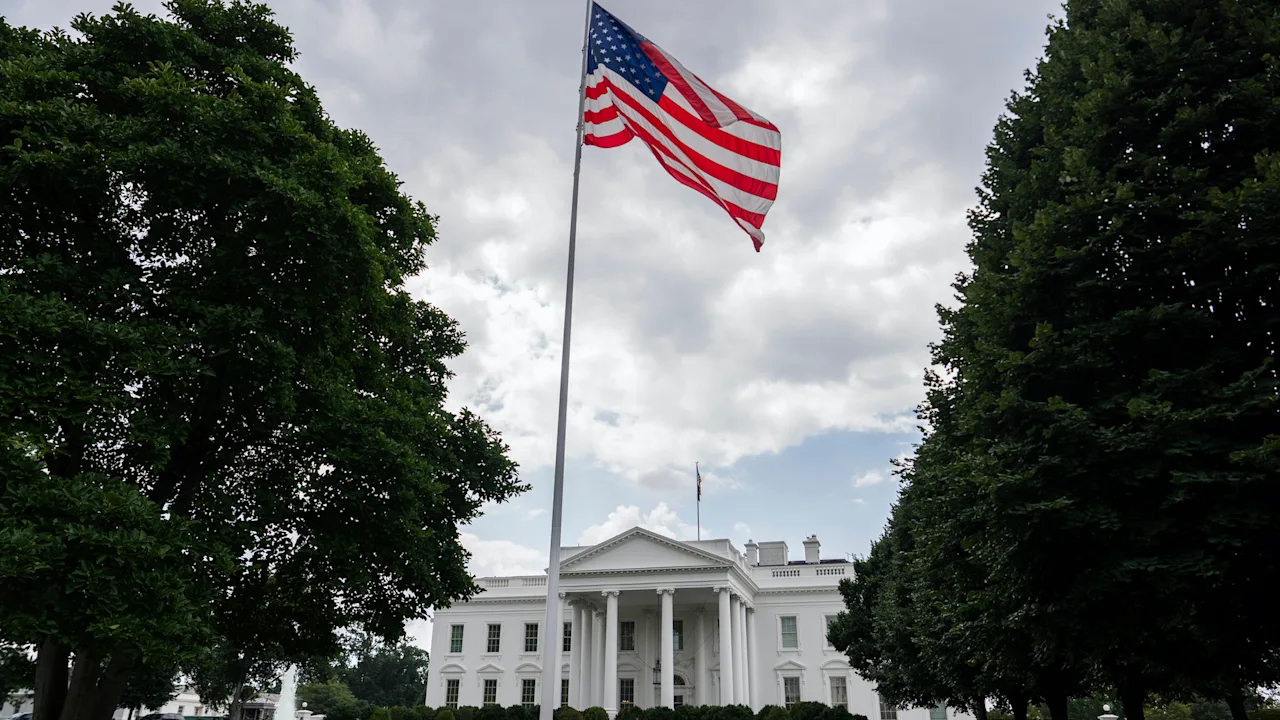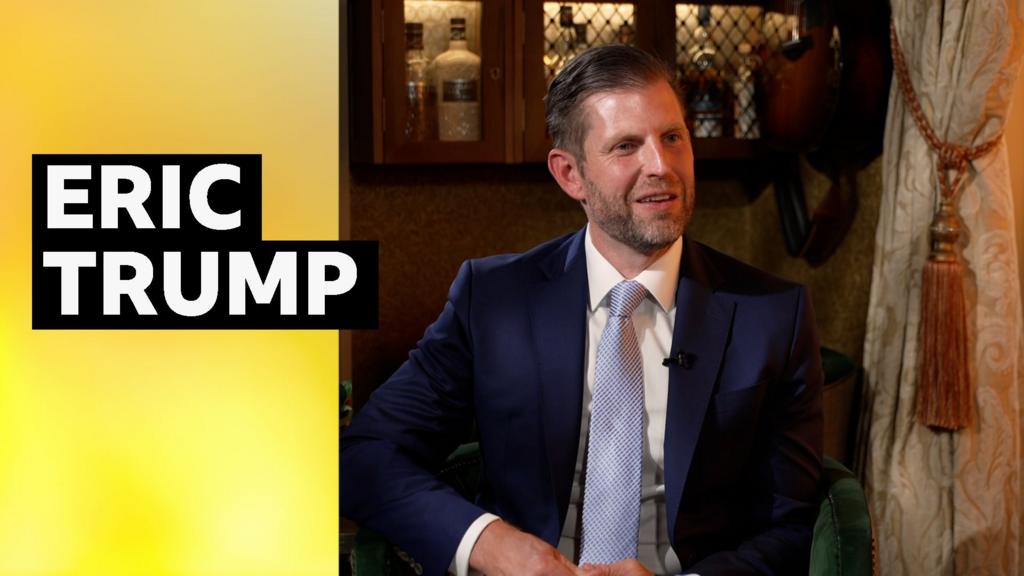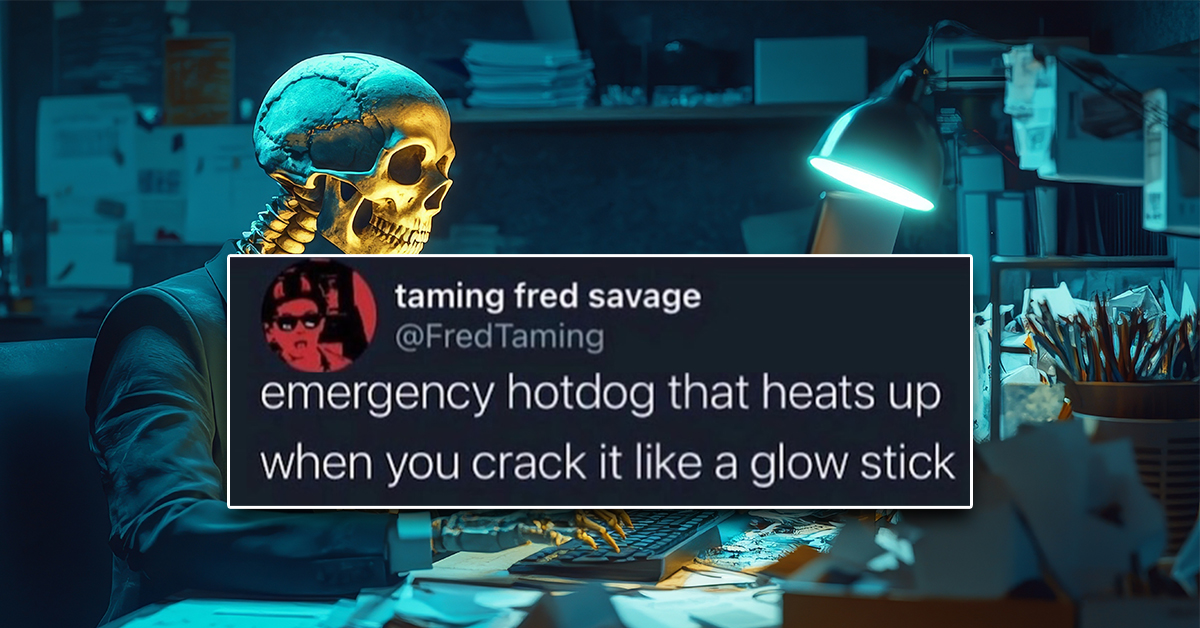The Trump administration might overhaul the U.S. patent system
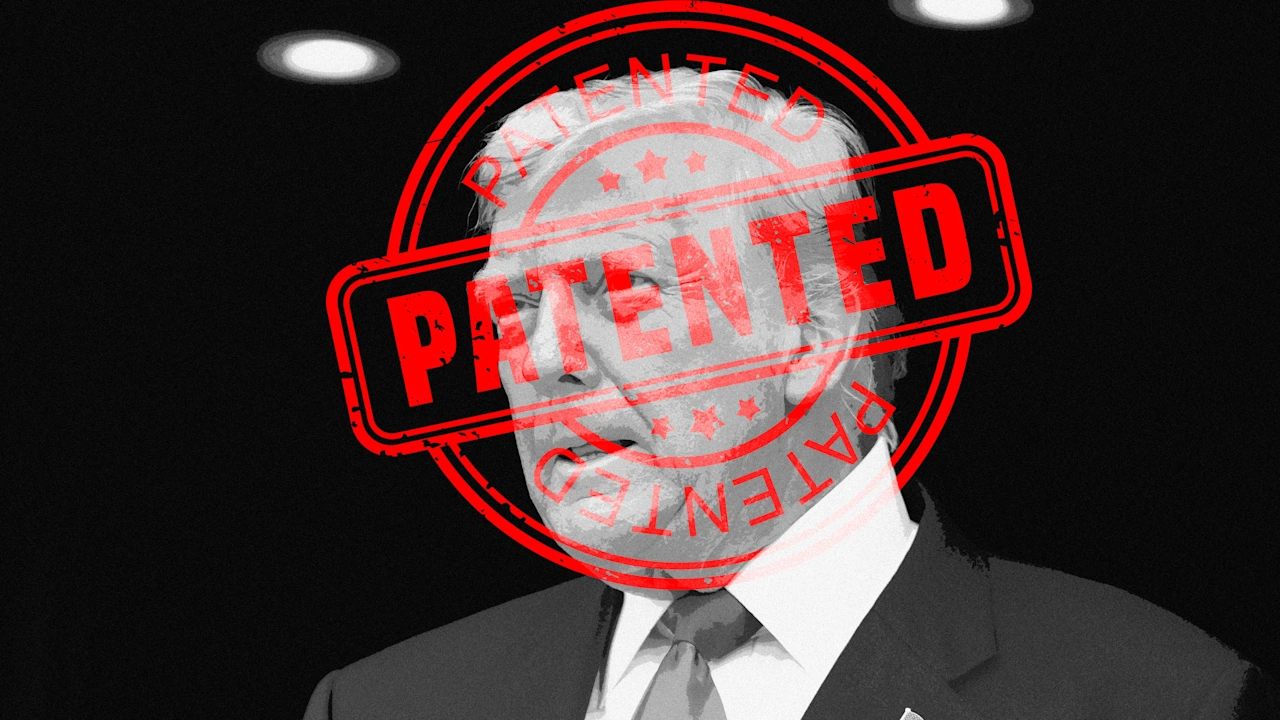
Holding a patent could be a lot costlier for businesses and founders in the years to come. The Trump administration is reportedly considering a substantial change to the patent process, which would raise trillions of dollars for the government but could substantially increase fees for patent holders.
The Wall Street Journal reports the Commerce Department is considering charging patent holders between 1% and 5% of their overall patent value. It’s unclear if that will replace the current model, where companies and individuals pay up to three flat maintenance fees over a series of years (which typically works out to a few thousand dollars), or be in addition to those charges.
Draft proposals and financial models are being worked on now, The Journal reports. If the change goes through, it could be especially onerous for Big Tech firms like Apple or Amazon, which file for thousands of patents per year, the vast majority of which are filed for defensive purposes and never utilized.
The money raised from the fees would be used to pay down the $37 trillion national deficit and possibly other unidentified tasks.
The Commerce Department did not reply to Fast Company‘s request for comment about the possible changes.
No other country charges patent holders a percentage of a patent’s value. In the U.S., utility patent holders currently pay maintenance fees at 3.5, 7.5, and 11.5 years after issuance. The 11.5-year fee—the largest of the three—is $8,280, and roughly half of all patents are abandoned before reaching that point, placing the innovation into the public domain. (Design patents are exempt from maintenance fees.)
The U.S. Patent and Trademark Office (USPTO) is a self-funded agency that covers its costs by collecting fees for the application for and issuance of patents and trademarks. Last year, it took in just under $4 billion in patent fees and $583 million in trademark fees—and it maintains operational reserves to cover any financial shortfalls.
A radical change to the 235-year-old office could bring about significant pushback from businesses, both domestic and international. Many would likely cut back on their patent filings, perhaps instead publishing information about innovations, which would prevent others from claiming a patent on that creation.
Another potential hurdle is assigning valuations to patents—something the USPTO has never done. Developing a reliable method would take time and money, and policymakers would also need to decide how to handle patents with little or no value (i.e., when the cost of obtaining the patent exceeds the product’s market value).
The post-DOGE USPTO
The potential changes to patent fees come just four months after the USPTO was the focus of a review by the Department of Government Efficiency. While it’s still unclear how many workers might have been laid off or taken early retirement, the department was ordered to halt its plans to recruit approximately 800 new employees, primarily patent examiners.
In addition, Vaishali Udupa, the agency’s commissioner for patents, resigned in February—and people who work regularly with the department say they’ve heard of other, lower-level departures.
The wait time today to patent a product averages 30 months. (Trademarks take about 10 months to process.) Without the new employees, that could significantly extend those times—and adding a new patent process into the mix could stretch it out further.
Commerce Secretary Howard Lutnick oversees the USPTO and pledged during his confirmation hearing to tackle the application backlog, which he called “unacceptable.”
What's Your Reaction?
 Like
0
Like
0
 Dislike
0
Dislike
0
 Love
0
Love
0
 Funny
0
Funny
0
 Angry
0
Angry
0
 Sad
0
Sad
0
 Wow
0
Wow
0




